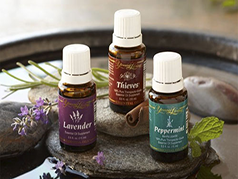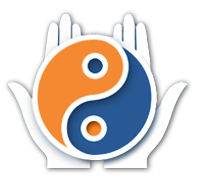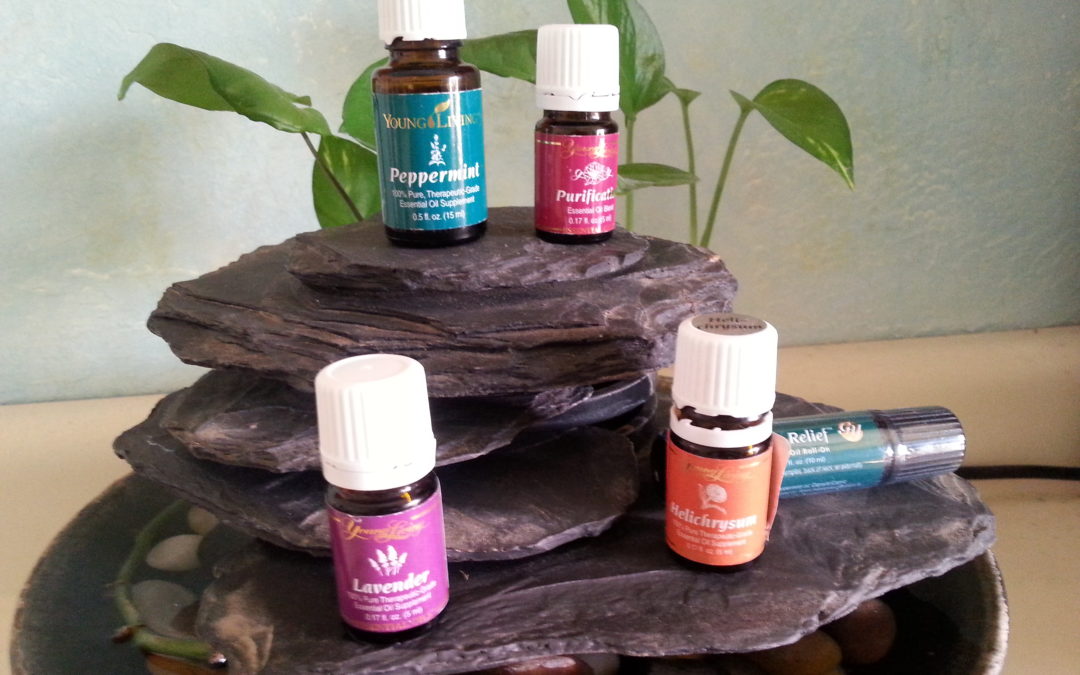 Have you ever purchased an essential oil and not had the results you thought you would? It could be you were using adulterated ( also referred to as perfume/fragrance or food grade) oil, not an authentic oil. Aromatherapy can help when the CORRECT, AUTHENTIC (also called therapeutic or medicinal grade) oils are applied.
Have you ever purchased an essential oil and not had the results you thought you would? It could be you were using adulterated ( also referred to as perfume/fragrance or food grade) oil, not an authentic oil. Aromatherapy can help when the CORRECT, AUTHENTIC (also called therapeutic or medicinal grade) oils are applied.
Did you know that only 3-8 % of all essential oils produced are authentic? That’s right, the rest are adulterated. They may smell good but they don’t have the same healing properties or effects of the authentic oils. Health food stores frequently carry adulterated oils. In France, where physicians are trained in aromatherapy, authentic oils are purchased in the drug store and clearly marked as such.
So What is a authentic essential oil?
Authentic means all of the chemical compounds are intact and in the correct percentages, nothing has been removed from it and nothing natural or synthetic has been added. Many factors contribute to an authentic oil. Where and how it was grown, when it is harvested, the distillation process (this is critical) and how it is stored are the major factors. I use 3 essential oil companies in my healing practice and home, Young Living, Rocky Mountain Oils and Julia Rose Botanical. EVER Y BATCH is tested by Gas Chromatography (GC) and Mass Spectrometry (MS). GC seperates the oil into its volatile compounds and measures how much of each compound is present. MS is able to breakdown smaller components of the oil and analyze it. If the oil does not have all the components and in the correct percentage range it is not authentic.
So how can you tell if the oil is authentic?
Here are 3 tips
1.The bottle should state the common name such as Lavender, then genus and species. Lavender is Lavendula angustifolia. Some of the lavender oil sold in the US is actually a hybrid called lavandin, the botanical name is Lavandula x intermedia or Lavendula hybrida. The chemical properties of this plant are very different then true lavender. Lavandin has a lot of camphor in it and when applied to the skin can be irritating and even burn skin. True lavender has no camphor and is wonderful for soothing burned, irritated skin. This is why it is important to read the label. If it doesn’t give you the genus and species it is not an authentic oil. If it lists more than one type of plant for a single oil (not a blend) it is not authentic.
2. Don’t be fooled by a label that says 100% pure or natural. Many companies add natural components to oils to extend it or have it smell longer but then it is no longer authentic. Also it can be pure but distilled improperly so some of the components have been lost.
3. Call the company and ask if every batch is tested or just random testing done. If they do random testing you may get a lesser quality oil at times. A great example of an adulterated oil is Lavender. Linalylacetate is frequently added to it to improve the fragrance. Then propylene glycol or other solvents, that have no aroma, are added to increase the volume. That is why it is cheaper but buyer beware! Have you ever tried a less expensive oil and not seen the results you thought you would?
As an energy worker, I believe there should be some sort of exchange between people so this content is not for free. If you found it valuable, in exchange for payment, I ask that you do one or all of the following:
1) Share it with at least 2 people on Facebook, via email or any social media of your choice.
2) Answer the question or leave a comment. I would love to hear your story, please post it below for me.
Laurie Ratto, RN, BSN, HTCP, CCA has 30+ years experience helping people to heal. She provides a safe, nurturing space for women to release fears and self-doubt. She facilitates the removal of energy blocks and empowers women with knowledge so they can have the full, rich life they desire

